6 reasons why peppers stop growing after planting in a permanent place
Pepper is a crop whose agricultural technology is relatively simple. And all vegetable growers often face a problem: pepper does not grow after transplanting to a permanent place. You can save the situation and achieve a good harvest if you know the secrets of planting seedlings and caring for a developing bush.
Disembarkation rules
Pepper is a thermophilic plant. To delight the bushes with sweet, fleshy fruits, gardeners sow seeds for seedlings at the end of winter. If all the rules for caring for young plants are followed, then the seedlings are strong, hardened, have 7-10 leaves.
But often after planting in the ground, the peppers stop growing. There may be several reasons for this:
- low air temperature;
- excessive deepening of a young plant;
- root damage;
- lack of water, nutrients in the soil;
- overgrown seedlings;
- uneven lighting.
Cold air
The pepper is planted in a permanent place in a greenhouse or in a vegetable garden when the air temperature is above +20 degrees. If the mark on the thermometer drops below, the plants stop growing and freeze until warming.
So that the peppers do not stop growing, they should be planted in open ground in the second half of May - early June (in regions with a temperate climate). In the first week after planting, it is worth protecting the plants with spunbond. It can be pulled over arcs over the beds or cones can be made for each bush.
To obtain early greenhouse fruits, planting is carried out in the second half of April - early May. So that the growth of the bushes does not stop, you need to monitor the temperature. If the night reading is below 18 degrees, additional heating is required.
A foil greenhouse can be insulated by stretching a spunbond under the arcs. In polycarbonate structures, the temperature difference is practically not felt, the peppers rarely freeze after disembarkation.
Deep landing
When transplanting seedlings into the ground, it should not be too deep. It is necessary to plant the plant no deeper than the cotyledon leaves. It is impossible to allow the root collar to be underground, otherwise the seedlings will not grow for a long time.
Deepening the seedling above the cotyledonous leaves leads to the formation of a thickening on the stem - "elephant's leg". In this place, the stem cracks, the conductivity of the vessels is disrupted, as a result of which the plant develops poorly or dies.
Horse damage
Bell peppers really do not like to disturb the root system. Because of this, experienced vegetable growers recommend refusing to dive sprouts. The transplant from the cup into the ground must be done extremely carefully, using the transfer method together with a lump of earth.
You also need to loosen the soil carefully. This procedure can be abandoned if, immediately after planting, fill the ground with mulch from rotted sawdust, straw, pine needles. Its layer should be 7-10 cm.
Water mode
Seedlings are planted in pre-moistened pits. After that, the pepper is not watered for 7-10 days. Further saturation of the soil with moisture is often carried out in small portions. A young bush needs 1–1.5 liters of warm water once every 1–2 days. If the soil is mulched, water less often.
It is impossible to fill the plant, as well as to allow the soil to dry out. The error provokes a slowdown in growth, dropping of buds with pepper.
For peppers in the greenhouse, it is recommended to equip a drip irrigation system. It allows you to regulate the growth of the bush.The introduction of a large volume of liquid (1-1.7 l) once a day stimulates the growth of leaves, and with prolonged intake (up to 10 hours throughout the day) of small portions of water, ovaries are actively formed.
Insufficiently nutritious soil
Often the reason that the pepper does not grow is the lack of dressing. Fertilizers are applied to the soil 1 time in 14-18 days.
Complex fertilizers are chosen depending on the phase of development of the pepper. Seedlings require a composition with a predominance of nitrogen. After planting, potassium is introduced under the bushes (it contributes to the growth of green mass) and phosphorus - for the development of the root system.
Do not overuse feeding. Organic matter should be used especially carefully - manure for fertilizing peppers should be used in small quantities, and extremely rotted. When fresh manure is applied, the fruits begin to rot already on the bush.
If the planted pepper seedlings slowed down growth, a week after transferring to the ground, foliar dressing is carried out. For this, biological products are used:
- 1 ampoule "Energena" is stirred in half a liter of water;
- the drug "Bud" is used in a ratio of 10 g per 8 liters of liquid.
Leaves are sprayed with solutions. The procedure is carried out before the first post-plant watering.
Seedling age
Experts recommend planting seedlings of peppers in greenhouses that have reached the age of 45-50 days (after emergence). Peppers that have been sitting in a pot for 60 days or more suffer from the fact that the horses do not have enough space, and the stems are stretched out. As a result, after transplanting, such seedlings get sick, stop growing, and often do not form buds on it. 50-day-old plants tolerate transplantation normally, almost never get sick.
Lack of light
Pepper requires good lighting, otherwise it is bad forms a crown, stretches in height. Therefore, it is necessary not to thicken the planting in the greenhouse.
The optimal distance between bushes in one row is 40-50 cm, between rows - 70 cm.
Plants are planted in a checkerboard pattern. This scheme allows you to achieve uniform illumination of each plant.
Other secrets
For sweet peppers to grow well in a greenhouse, it must be prepared in advance. Before planting young plants, it is necessary to clean the walls of the shelter. It is especially important to free the film structure from dust and dirt, which has already served for several years. If the greenhouse is not cleaned, the light level decreases, and this negatively affects the development of the pepper bushes.
Greenhouse land is sown with greenhouse crops in the fall, dug up in the spring. This allows you to saturate the soil with useful substances, improve its structure.
Many vegetable growers recommend building tall beds inside the greenhouse. Peppers feel more comfortable on them than on ordinary ones - this is facilitated by a constant temperature in the root zone, which is 5-10 degrees higher.
The soil on which other crops have already been grown is disinfected. It is spilled with a solution of manganese, copper sulfate (1 tbsp. L per 10 l of water). Insecticides help to get rid of small pests - whiteflies, ticks. They destroy pests "Fitoverm", "Applaud", "Biotlin". These drugs can be purchased at gardening stores.
Slugs like to gnaw the delicate foliage on young bushes. To prevent this, the beds are sprinkled with sifted ash, and peppers are powdered with it.
For greenhouse cultivation, you need to choose special varieties of peppers - Atlant, Hercules, Health or others. They must be resistant to fungal diseases, with tasty fruits. Proper care of plants will allow you to get a rich harvest.

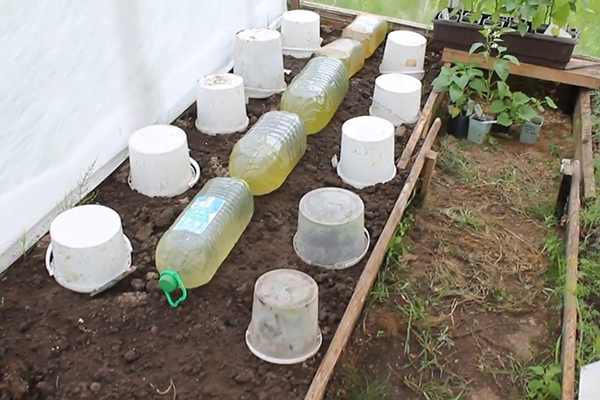
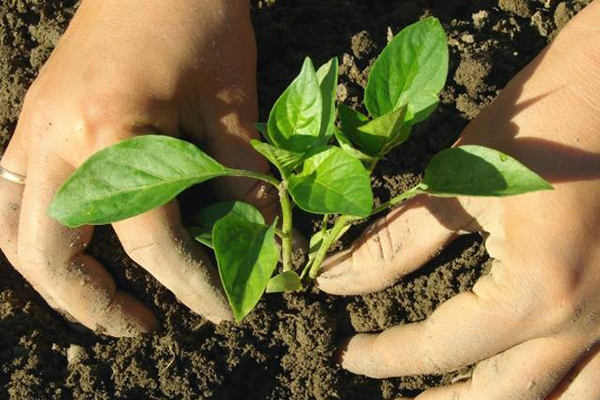
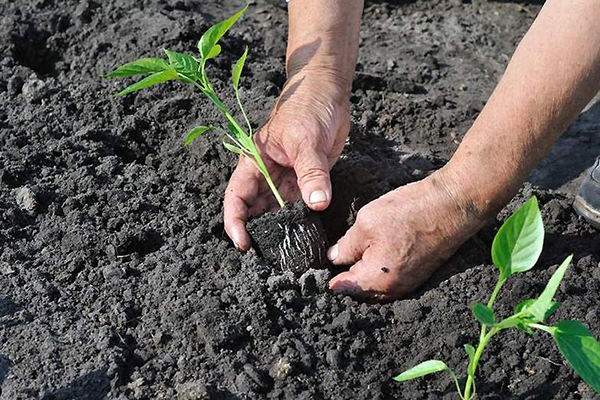
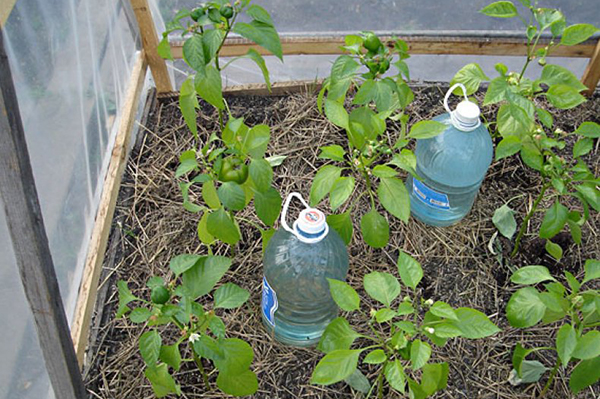
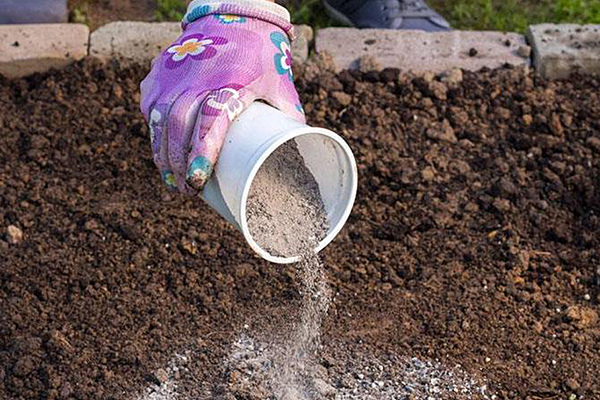
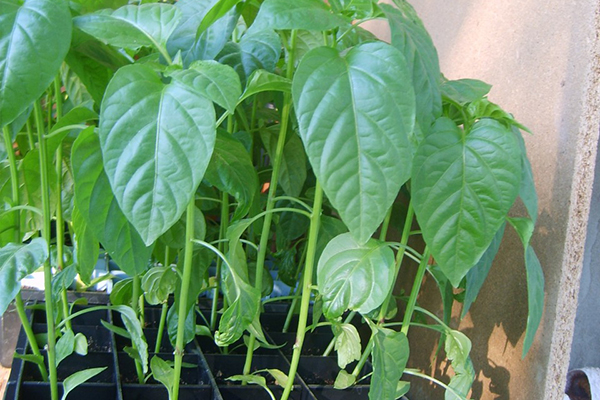
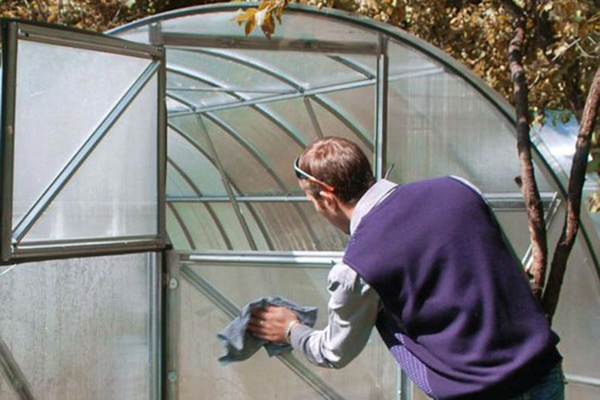
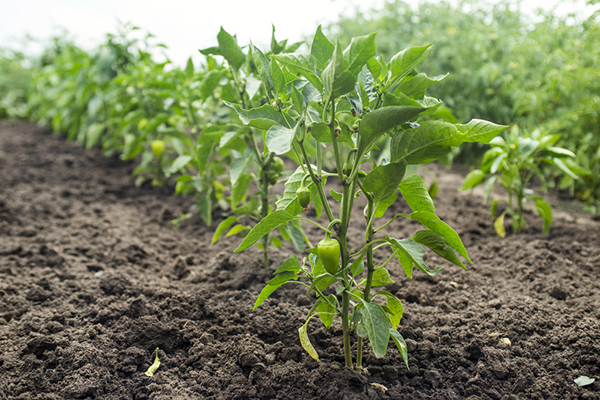
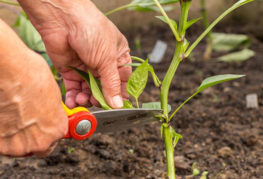
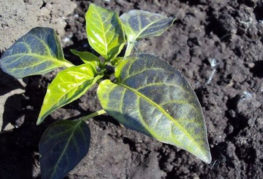
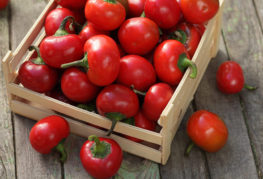
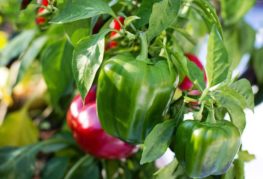
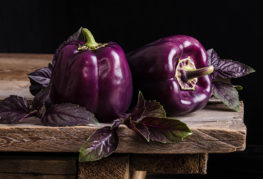
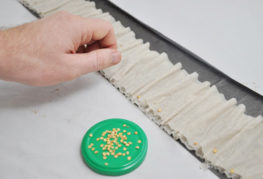
and will be published shortly.